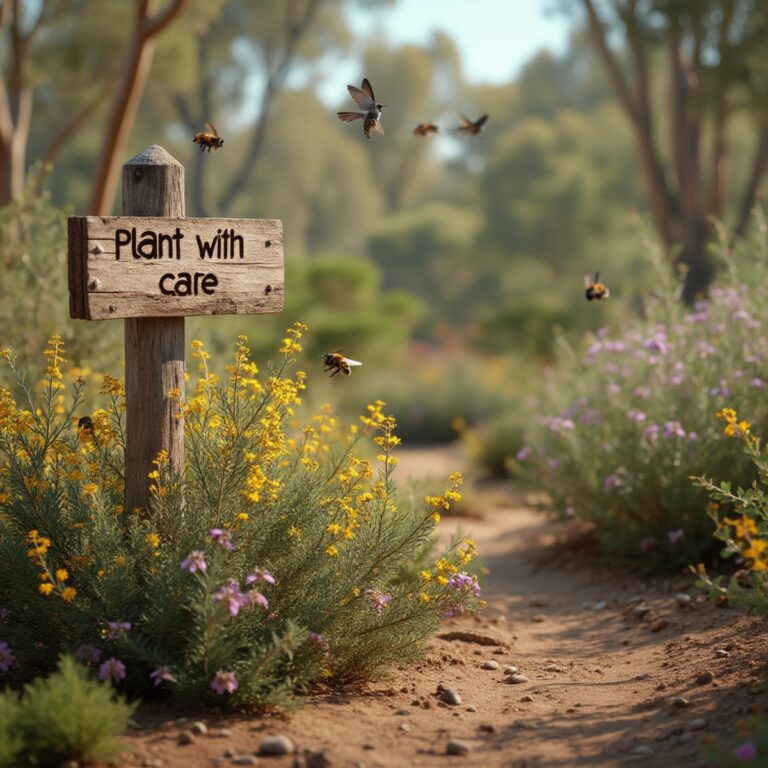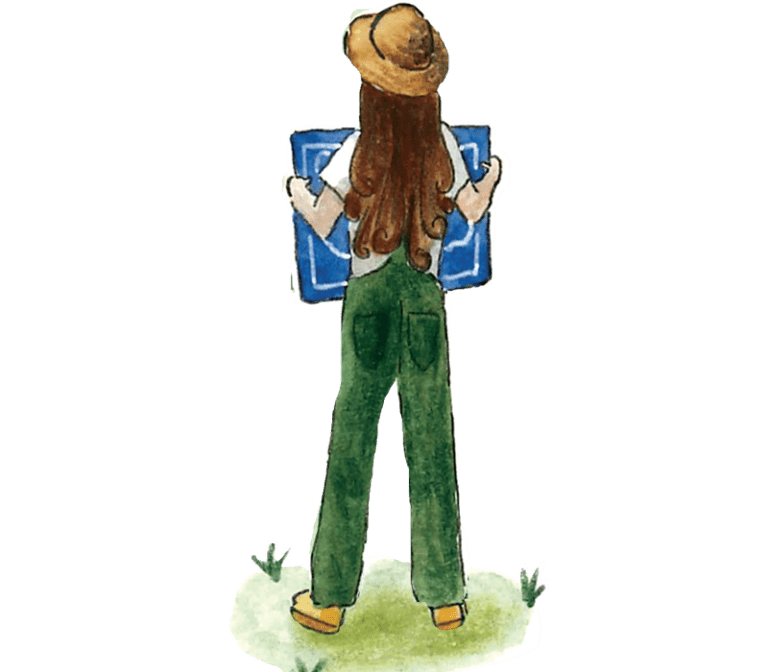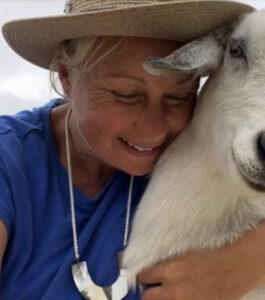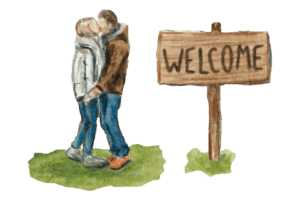Simple wisdom for regenerative living
In a world so full of beauty, it’s easy to be tempted by plants with fast growth or showy flowers. But not all plants belong—especially when they threaten to overpower the ones that do.
🌱 Invasive plants may look harmless, but they can quietly take over
Many invasive species escape backyard gardens and spread through waterways, wind, or wildlife—choking out native plants, depleting soil health, and reducing habitat for local fauna. Some were once popular ornamentals or pasture crops, but now dominate entire regions.
Common examples include:
- Agapanthus, cotoneaster, English ivy, and gazania in temperate regions
- Lantana, bitou bush, and asparagus fern in warmer climates
While beautiful in a pot or catalogue, these species can wreak havoc in bushland, waterways, and regenerative garden systems.
🦘 Your Greenstead is part of a greater whole
What you plant doesn’t stop at the fence line. Birds, bees, and wind all act as dispersal agents—so even a single invasive specimen can impact nearby reserves, farmland, and remnant vegetation.
We have a responsibility to think beyond aesthetics and consider the ecological consequences of what we introduce.
📍 Always check before you plant
Your local council, Landcare group, or native plant nursery can help you identify:
- What plants are considered invasive in your area
- Which species to avoid (even if sold commercially)
- Beautiful, safe alternatives that support biodiversity
🌾 Choose plants that belong
By selecting species native to your region—or at least non-invasive in your area—you help protect local ecosystems, reduce fire risk, and build resilience in your own garden. You’ll also attract more native birds, bees, and butterflies.
At Greenstead, we cross-check every new species we introduce, and we’ve slowly phased out legacy plants that no longer align with our values. It’s a learning process—but one that’s rooted in care.
🌿 To tread lightly is to plant mindfully. Let your garden honour the landscape it sits within.




